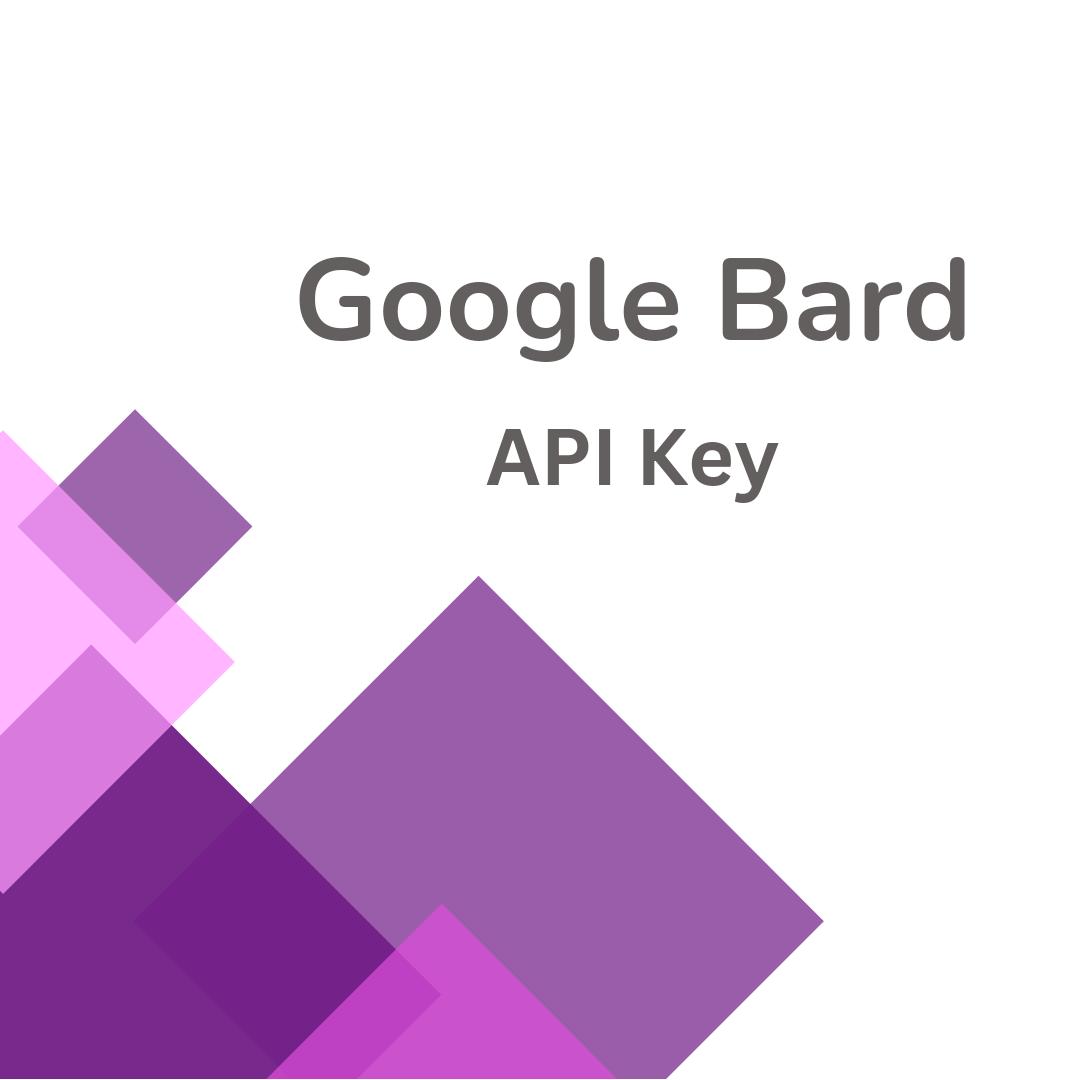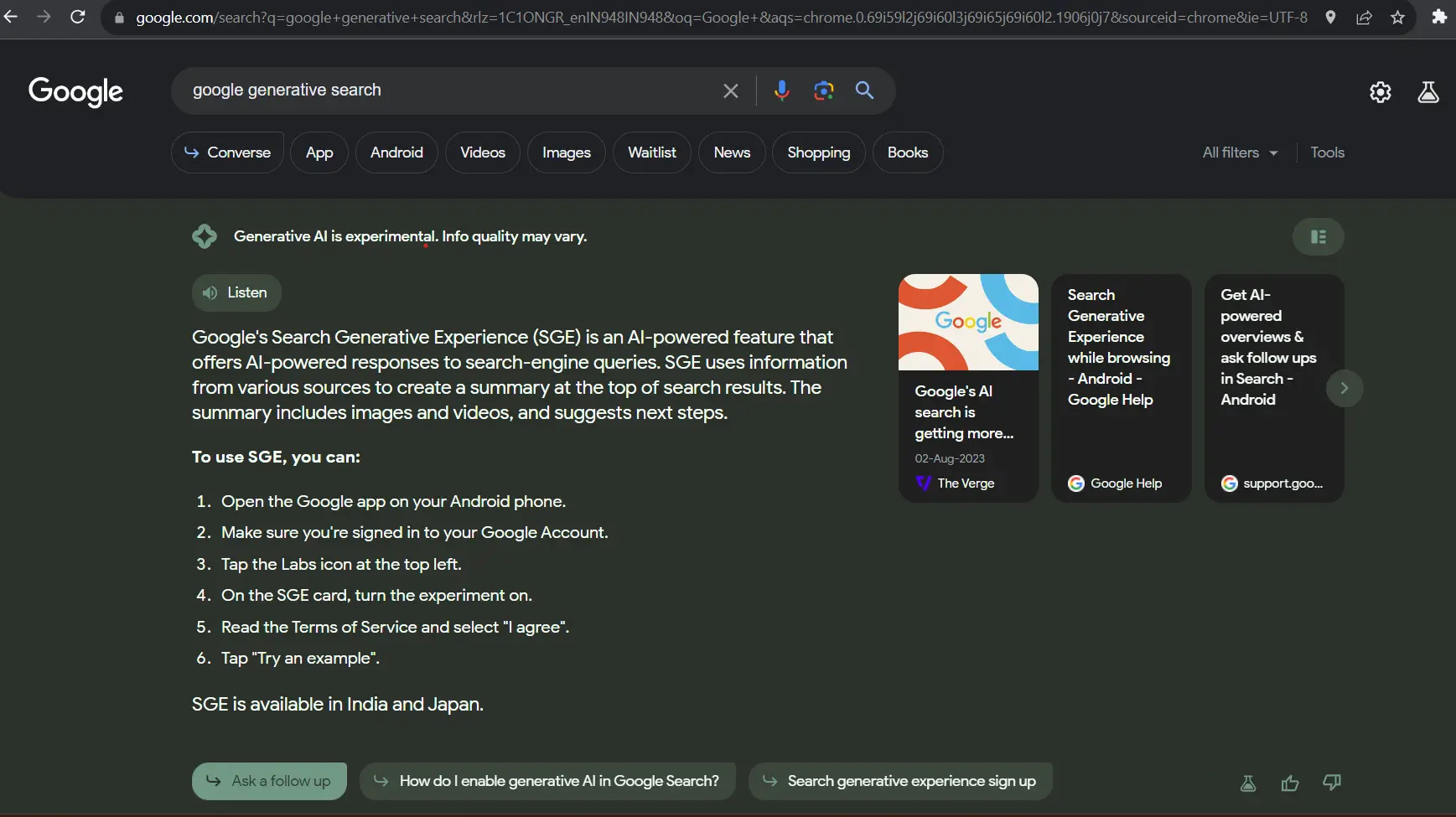Introduction
As the technology industry continues to rapidly evolve, one of the most groundbreaking advancements has been the development and deployment of large language models (LLMs). While these models have shown immense potential, their standalone capabilities have often fallen short when addressing critical enterprise use cases. Douwe Kiela, CEO of Contextual AI, recognized this limitation early on. Drawing on his experience as an AI researcher at Facebook and his deep understanding of foundational AI research, Kiela set out to solve the inherent challenges faced by LLMs. His solution: Retrieval-Augmented Generation (RAG), a method that has now become central to modern AI applications in the enterprise space.
Understanding the Limitations of LLMs
The journey began with Kiela and his team analyzing the seminal papers published by Google and OpenAI in 2017 and 2018, which laid the groundwork for creating transformer-based generative AI models. While these models exhibited remarkable capabilities, Kiela realized that they would inevitably face significant challenges, particularly regarding data freshness. The knowledge embedded within an LLM is inherently limited to the data on which it was trained. This static knowledge base renders the model less effective in real-time applications where up-to-date information is crucial.
The Birth of Retrieval-Augmented Generation (RAG)
In response to this challenge, Kiela and his team at Facebook published a pivotal paper in 2020, introducing Retrieval-Augmented Generation (RAG). This innovative approach allows LLMs to access and integrate real-time data from various sources, including a user’s own files and the internet, thereby significantly enhancing the model’s relevance and accuracy. RAG effectively decouples the knowledge base of an LLM from its training data, enabling the model to continuously update its knowledge and provide more accurate, contextually relevant responses.
Contextual AI: Pioneering RAG 2.0
In 2022, Kiela, alongside former Facebook colleague Amanpreet Singh, co-founded Contextual AI, a Silicon Valley-based startup that has taken RAG to the next level with its RAG 2.0 platform. Contextual AI’s RAG 2.0 is a sophisticated, productized version of the original RAG architecture, offering enterprises a solution that boasts approximately 10x better parameter accuracy and performance compared to competing offerings. This leap in efficiency means that a model with 70 billion parameters, which would typically require substantial compute resources, can now achieve comparable accuracy with infrastructure designed for just 7 billion parameters.
Integrated Retrievers and Language Models: The Key to Performance Gains
The core innovation behind RAG 2.0 lies in its integration of the retriever and language model architectures. By closely aligning the retriever, which interprets and gathers relevant information, with the language model, RAG 2.0 ensures that the generated responses are not only accurate but also grounded in the most relevant data. This tight coupling, achieved through advanced techniques like backpropagation, minimizes the risk of generating incorrect or hallucinated information, a common issue with traditional LLMs.
Addressing Complex Enterprise Use Cases
Contextual AI’s RAG 2.0 is designed to tackle some of the most challenging use cases in the enterprise world. By utilizing a mixture of retrievers approach, the platform can seamlessly integrate data from various formats, such as text, video, and PDFs, to provide comprehensive and accurate responses. This capability is particularly valuable in industries where data is stored in diverse formats and where accuracy is paramount.
For example, in a scenario where a user’s query involves information stored in both text and video formats, RAG 2.0 deploys specialized retrievers tailored to each format, such as a Graph RAG for video data and a vector-based RAG for text. A neural reranker then organizes and prioritizes the retrieved information, ensuring that the final output is both accurate and relevant.
Conclusion: The Future of Enterprise AI with RAG 2.0
As enterprises continue to seek advanced AI solutions to enhance productivity and reduce costs, Contextual AI’s RAG 2.0 represents a significant leap forward in the field. By addressing the inherent limitations of traditional LLMs and offering a highly optimized, efficient, and accurate solution, RAG 2.0 is poised to revolutionize the way businesses deploy AI. With its ability to run on a variety of infrastructures, including cloud, on-premises, and even fully disconnected environments, RAG 2.0 is versatile enough to meet the needs of a wide range of industries, from finance and manufacturing to healthcare and robotics.
In a world where data freshness and relevance are critical, Contextual AI’s RAG 2.0 offers a powerful tool for enterprises looking to stay ahead of the curve. As Kiela and his team continue to push the boundaries of what’s possible with AI, the future of enterprise technology looks brighter than ever.









Add a Comment: